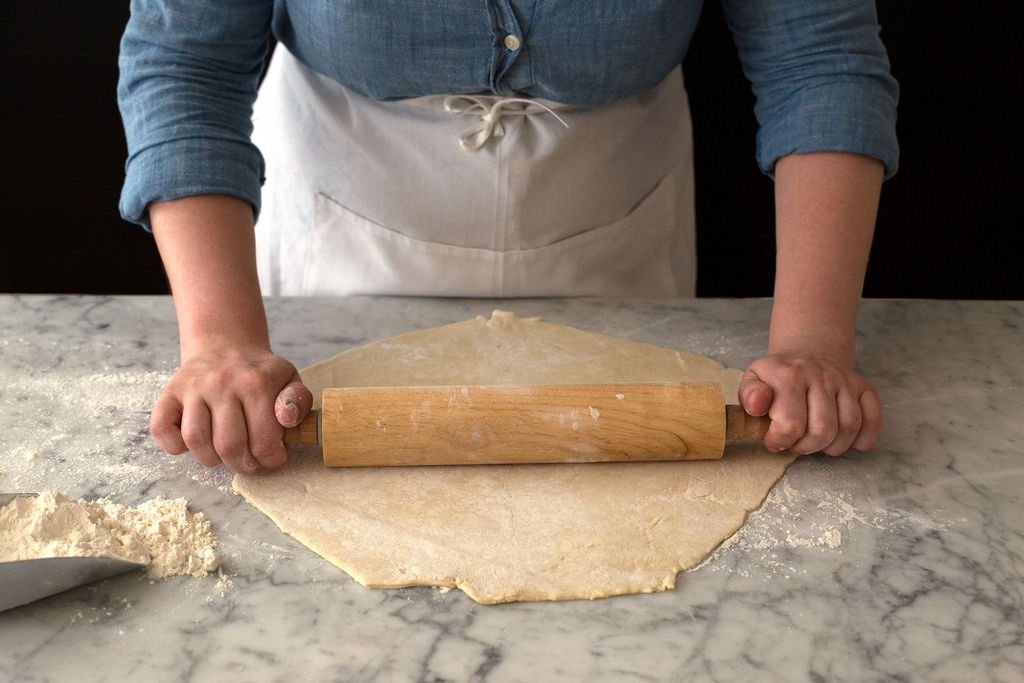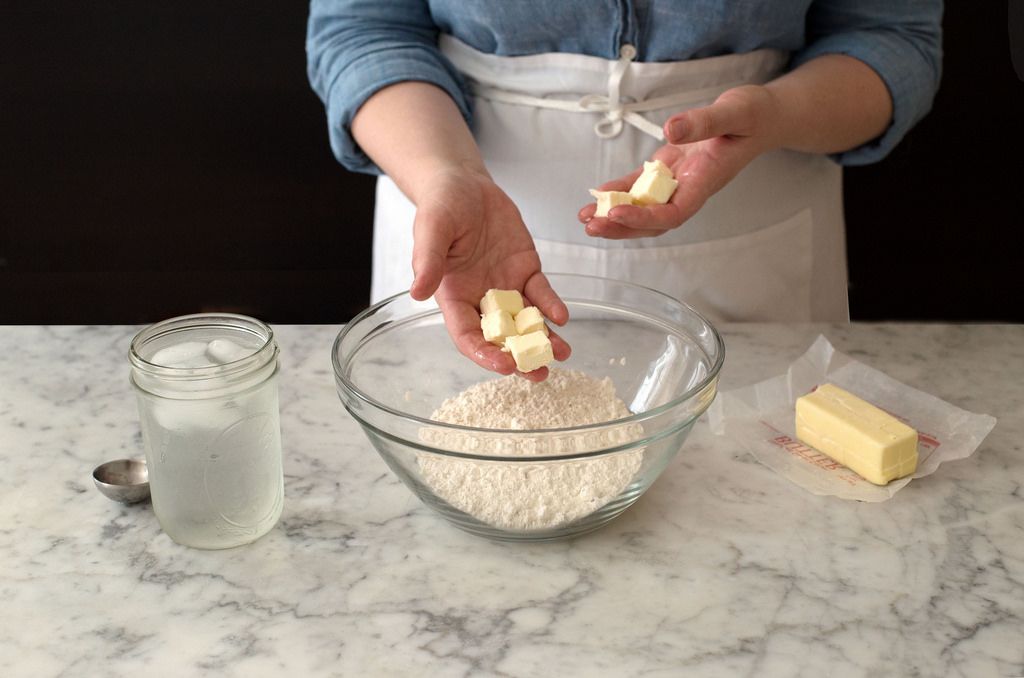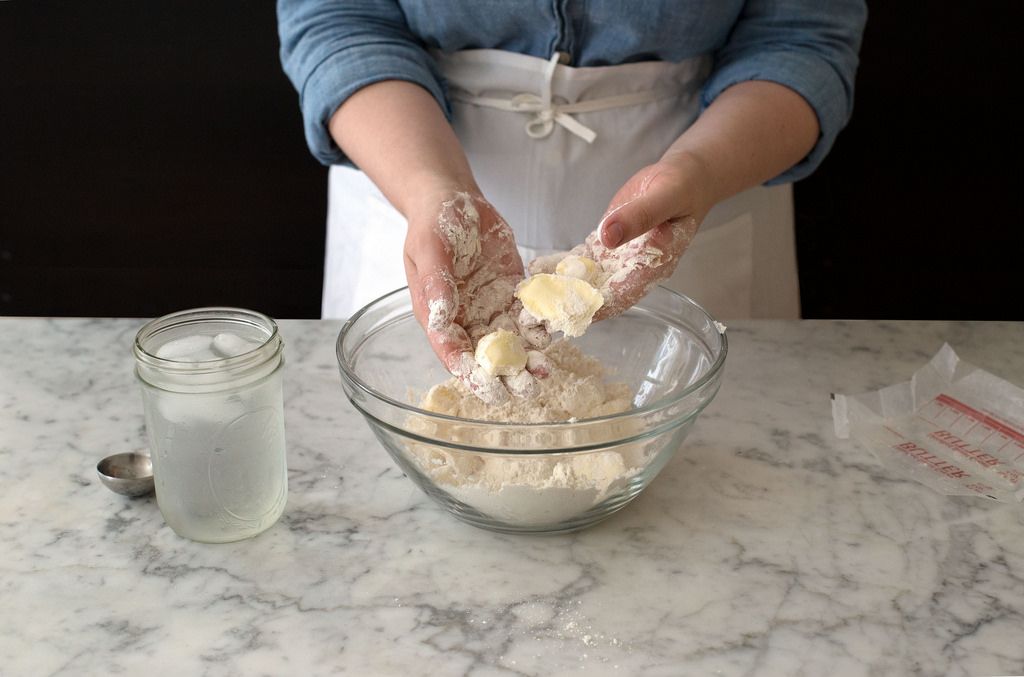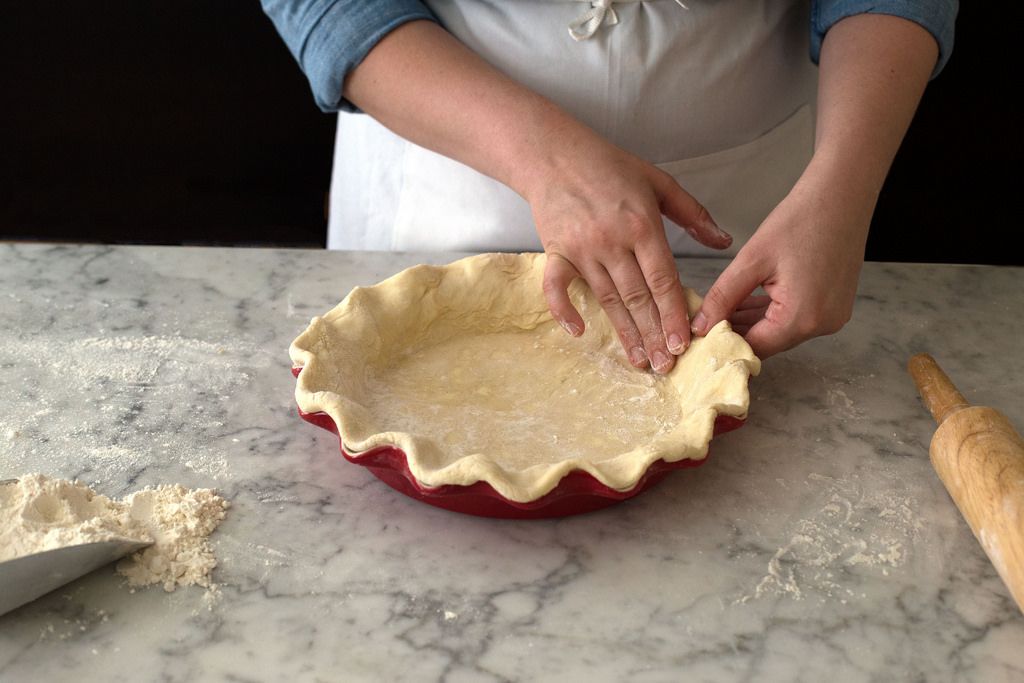52 Days of Thanksgiving

52 Days of Thanksgiving
Top-notch recipes, expert tips, and all the tools to pull off the year’s most memorable feast.
Check It OutPopular on Food52
16 Comments
Mrs B.
August 1, 2016
Here's a helpful article on why one should not use the type of pie plate (earthenware) shown in the photo above: http://www.seriouseats.com/2016/08/how-to-choose-the-best-pie-pan.html
Marie
July 22, 2015
Okay. I'm new at making pie crust but 3 times I've tried your direction and 3 times it's flopped over in the oven. It looks great going in the oven. Not to dry/wet. I'm using cold butter, ice water and following every step of your directions. Pillsbury is looking really good right now. Can somebody please tell me what I'm doing wrong?? I just want to make that darn deep dish cherry pie!!
Lisa T.
June 5, 2015
Can you please tell me how you measure your flour? Do you dip you measuring cup into a flour bin and level or spoon your flour in the measuring cup and level. I know that this will make a difference also. Thanks for the clarification.
jenny
October 19, 2014
The step that always gives me trouble is forming the actual ball of dough after all ingredients are mixed. I find it hard to get it to stay together without overmanipulating it or adding too much water. Any tips for that? Thanks!
Tatiana B.
October 13, 2014
Important!!
Dear Erin, I've been looking for a basic pie recipe for years! My favourite kind of pie is double crusted - can I double your ingredients to make it? Will it go well with fruits baked inside? If so, how long and at what temp should I bake it? Cheers!
Dear Erin, I've been looking for a basic pie recipe for years! My favourite kind of pie is double crusted - can I double your ingredients to make it? Will it go well with fruits baked inside? If so, how long and at what temp should I bake it? Cheers!
Diana B.
July 6, 2014
Kama and erin, I was talking about par-baking a pie shell, which I see I wasn't clear about (although it might not make a difference), so would you still bake it at 425 if you're par-baking? Thanks!
Erin J.
July 10, 2014
Hi Diana, yes - I still par-bake at 425. Next Friday I'll be doing Pie Basics Part II, which is all about blind baking. Check back for more!
bc
July 5, 2014
Unclear instructions. After you freeze or refrigerate you "Tuck the excess dough under at the edges", when the dough is stiff? I think you would get a crack if you did this. Please advise.
Erin J.
July 6, 2014
Thanks for the comment, BC! The crust should be well chilled, but still malleable. If your crust is too hard to fold under, let it sit at room temperature until still cool to the touch, but soft enough to work with.
Diana B.
July 5, 2014
In the photo, your crust doesn't seem to have shrunk at all. Despite chilling all the ingredients, despite resting it in the fridge for at least two hours before rolling out, and despite putting it in the freezer for an hour before baking, mine always shrinks, sometimes dramatically. I try to sit the edge above the rim of the pie pan, but sometimes it even shrinks so far down in the pan that it can't contain all the filling. Any clues for me? Thanks!
Kama K.
July 6, 2014
Use less butter, I had exactly the same problem. My tarts didn't have edges because of shrinking.
Erin J.
July 6, 2014
Kama is right! Some old fashioned recipes call for a lot more fat than is needed-too much butter will often cause melting rather than steam production through evaporation of the butter. In addition to checking your recipe, it's very important to bake at a high temperature-I start all of my pies at 425! I'll be going into more detail in the next baking basics column (pie part II)!







See what other Food52 readers are saying.